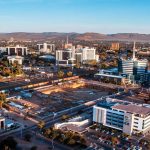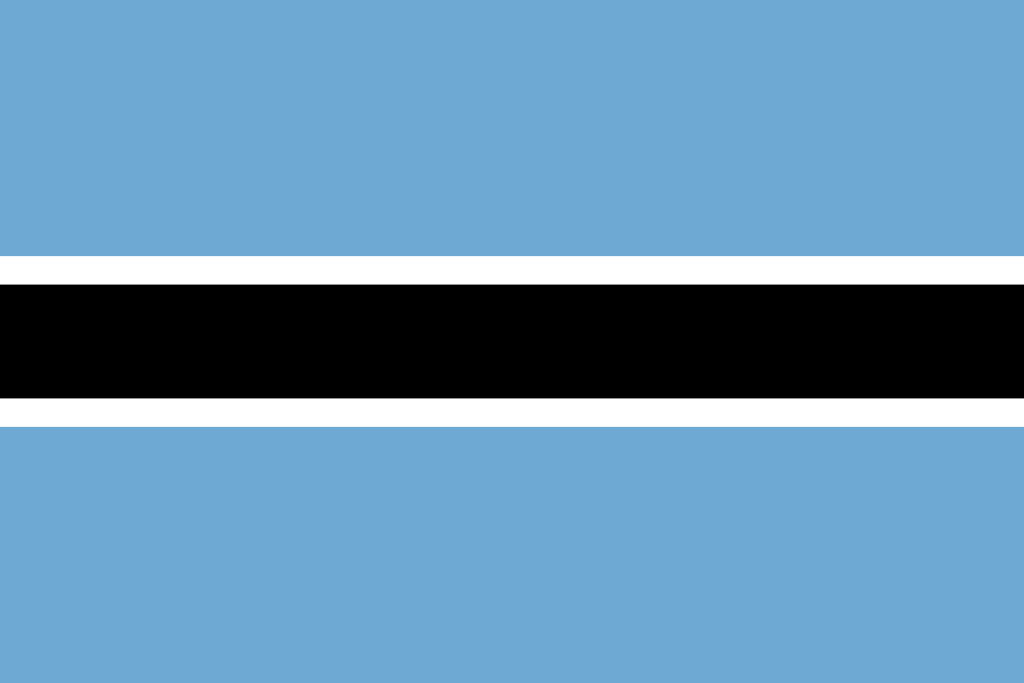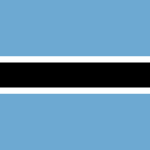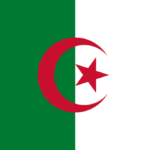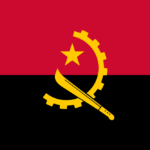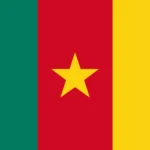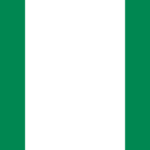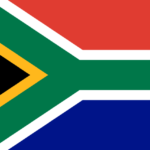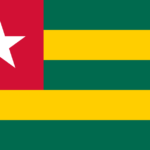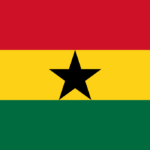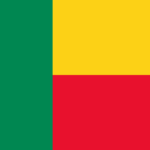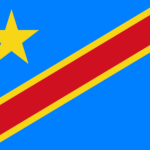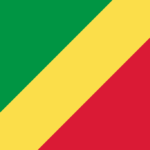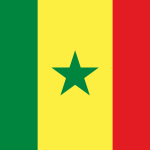Botswana
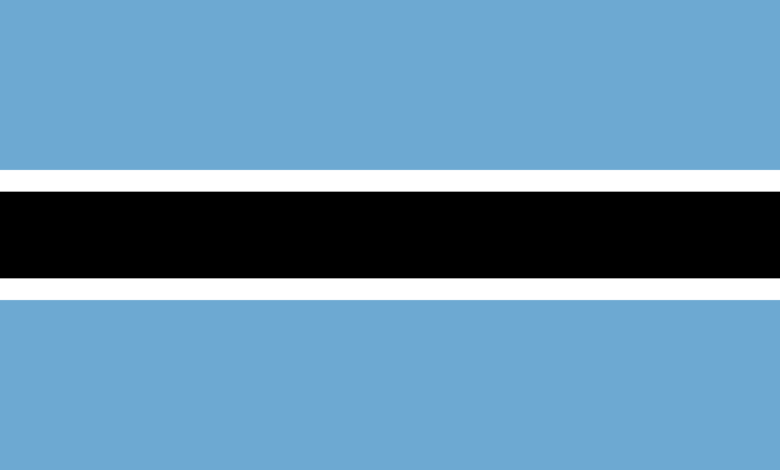
Botswana is a landlocked realm situated at the heart of Southern Africa. Its geographical expanse takes on a triangular form, spanning roughly 600 miles (965 km) from north to south and an equivalent distance from east to west, with its eastern extremity extending into a sharp apex. The boundary of its eastern and southern peripheries is delineated by the courses of rivers and an ancient trail for wagons.
To the west, its boundaries align with lines of longitude and latitude that traverse the Kalahari Desert, while its northern confines blend linear demarcations with a meandering river. Enclosed within Botswana’s territorial limits is a diverse array of fauna, comprising numerous species of mammals, avians, reptiles, amphibians, and piscine creatures.
Botswana, once designated as Bechuanaland under British suzerainty until it attained independence in 1966, was among the most impoverished and underdeveloped territories globally. It derives its nomenclature from its predominant ethnic populace, the Tswana (referred to as “Bechuana” in archaic orthography). Since achieving sovereignty, the Republic of Botswana has garnered renown as a tranquil and progressively affluent democratic entity on the global stage.
It maintains membership in prominent international organizations such as the United Nations, the Commonwealth, the African Union (AU), and the Southern African Development Community (SADC). Notably, the administrative headquarters of SADC is situated in Botswana’s capital city, Gaborone (previously spelt as Gaberones until 1969, signifying “Gaborone’s town,” a homage to the tribal chieftain who presided over the region during the colonial epoch).
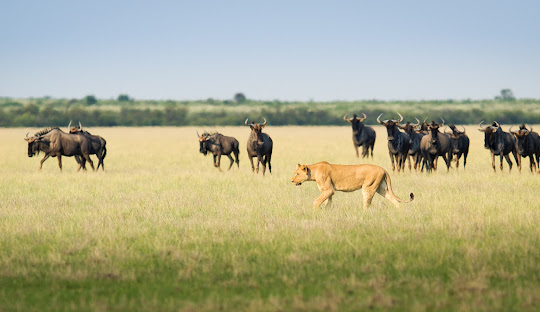
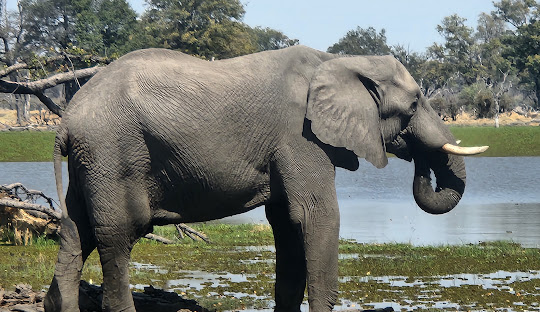
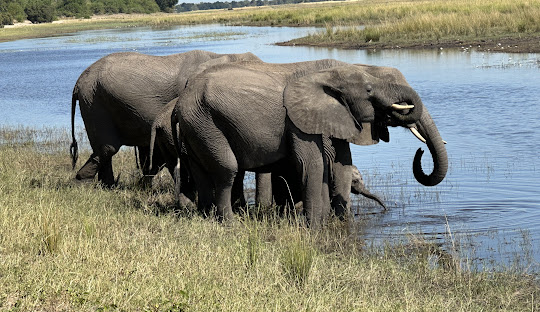
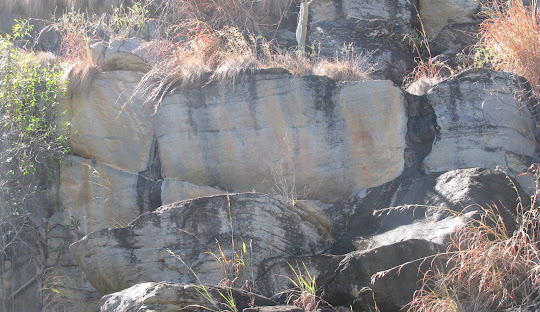

Geography
Botswana shares borders with Zambia and Zimbabwe in the northeast, while Namibia lies to the north and west, and South Africa to the south and southeast. In the northern reaches of Botswana, a convergence of four nations (Zambia, Botswana, Zimbabwe, and Namibia) occurs at a solitary juncture midstream along the Zambezi River.
Positioned between longitudes 20°C and 30°C to the east of the Greenwich Meridian, and spanning latitudes 18°C and 27°C approximately south of the Equator, the nation occupies a distinct geographic realm. Situated within the Southern African sphere, approximately two-thirds of Botswana resides within the Tropics, its landscape intersected by the Tropic of Capricorn.
Climate and Seasonal Variation
Botswana’s climate embodies semi-arid characteristics, characterized by considerable heat and aridity throughout much of the year. The nation witnesses the cyclical transition of all four seasons: summer, autumn, winter, and spring. The onset of summer commences in November, persisting until March, introducing temperatures that occasionally soar to a scorching 44°C.
Winter descends upon the land from May through August. Despite the sunlit days of winter, temperatures tend to be moderate, yet the nocturnal hours witness a plummeting of temperatures, particularly in the southwestern regions, where the freezing point can be attained. Frost is not an uncommon occurrence during this season, accompanied by occasional freezing of water. This phase also marks a dry spell, devoid of significant precipitation.
Interim periods, spanning from April to early May and September to October, retain a semblance of aridity, albeit with milder daytime temperatures than in summer and more temperate nights than during winter.
Rainfall graces Botswana during the summer months, with the pinnacle of precipitation typically occurring in January and February.
Divisions
Botswana is divided into 10 districts:
- Southern District
- South-East District
- Kweneng District
- Kgatleng District
- Central District
- North-East District
- Ngamiland District
- Kgalagadi District
- Chobe District
- Ghanzi District
Culture
Botswana boasts a diverse array of tribes dispersed across its expanse, collectively referred to as Batswana. While English serves as the official language, Setswana claims the mantle of national language, although a myriad of other dialects are spoken.
| Ethnic groups (2012 est.) | 79% Tswana, 11% Kalanga, 3% San and 7% Others |
|---|
Government of Botswana
Botswana operates as a democracy where citizens participate in elections to choose their political representatives. These representatives, in turn, elect the president. In 2008, Ian Khama became the fourth president of Botswana.
The country, therefore, follows a multi-party democracy and holds national elections every five years. The President is the head of the state and The Government comprises three arms being; the Executive, the Legislature and the Judiciary. Botswana follows the dual legal system, combining Roman-Dutch law with customary law.
President Khama secured victories in the 2009 and 2014 elections. Currently, Dr. Eric K. Mokgweetsi holds the position of President of Botswana, succeeding Dr. Ian Khama Seretse Khama in 2018.
Economy
Since gaining independence in 1966, Botswana’s economy has experienced rapid growth. Its citizens boast the world’s swiftest improvement in living standards since then.
The backbone of Botswana’s economy lies predominantly in mining, particularly in diamonds, metals (including copper), and minerals (such as salt). Notably, Botswana stands as the foremost global producer of diamonds by value. In 1999 alone, the country extracted over 30 million carats (6,000 kg) of diamonds from its three Debswana mines, constituting approximately 25% of the world’s total production. A longstanding agreement with De Beers, dating back to 1969, has played a pivotal role in this sector. In 2023, a new agreement was struck, granting Botswana a larger share of diamond revenue—30% in 2023, escalating to 40% in 2028, and reaching 50% by 2033.
Tourism also serves as a significant economic driver for Botswana, with many visitors drawn to its abundant wildlife each year.
The national currency, the pula (meaning “rain”), subdivides into 100 thebe (meaning “shield”). As of 2017, one US dollar equated to roughly 10.32 pulas.
Health and welfare
Botswana enjoys a dry and warm climate, generally favorable for good health. The prevalence of tropical diseases, such as malaria, bilharzia (schistosomiasis), and sleeping sickness, remains limited due to the environmental conditions and scarcity of surface water. However, the most common fatal illnesses are intestinal (like diarrheal and digestive diseases) and respiratory (such as pneumonia and tuberculosis).
Health threats have shifted with changing lifestyles, notably in the diet. There has been a rise in conditions like high blood pressure, strokes, heart disease, and dental caries among older children. The spread of AIDS has inflicted a profound toll on Botswana, with one of the world’s highest infection rates. By the late 2000s, approximately one-fourth of the adult population was HIV positive, and the increasing number of AIDS orphans posed a serious social challenge. In response, the government launched an aggressive campaign, bolstering HIV/AIDS awareness and coordinating efforts to combat the epidemic. In 2002, Botswana became the first African nation to offer free HIV antiretroviral medication to all citizens.
Since 1973, government health policy has focused on delivering basic health services, including health posts (small primary care facilities) in villages with over 500 inhabitants and clinics in areas with a population exceeding 4,000 within a 9-mile (14.5-km) radius. Additionally, substantial investments have been made in two major national referral hospitals located in Gaborone and Francistown since the late 1980s. The growth of the urban upper class has corresponded with an increase in private medical services and clinics.
While government health services, once free of charge, are now typically available for a nominal fee, there’s also a notable presence of Western-certified physicians in private practice, alongside numerous traditional herbalists, healers, and diviners.
Further Reading
- Wikipedia – https://en.wikipedia.org/wiki/Botswana
- Britannica – https://www.britannica.com/place/Botswana
- Gov.bw – https://www.gov.bw/about-our-country
Main cities and towns in Botswana
National Anthem
Fatshe leno la rona
Check Voyage info and Guide for Botswana Here Check the weather in Botswana Here Fatshe leno la rona is the national anthem of Botswana. Kgalemang Tumediso Motsete composed both the music and lyrics of the national anthem, which was officially…
Botswana Flag Images
The National Flag of Botswana
Check Voyage info and Guide for Botswana Here Check the weather in Botswana Here The national flag of Botswana, known as “folaga ya Botswana” in Setswana, features a sky blue field intersected horizontally at the centre by a black stripe…
